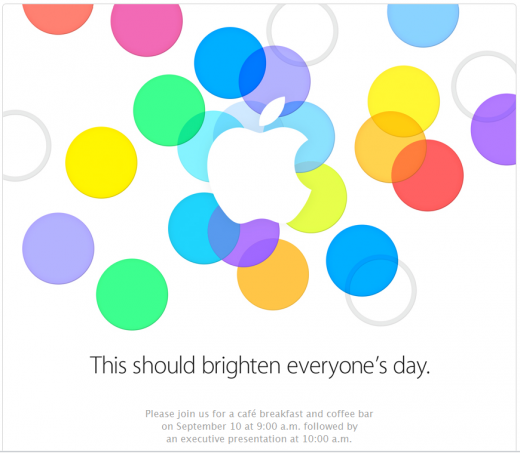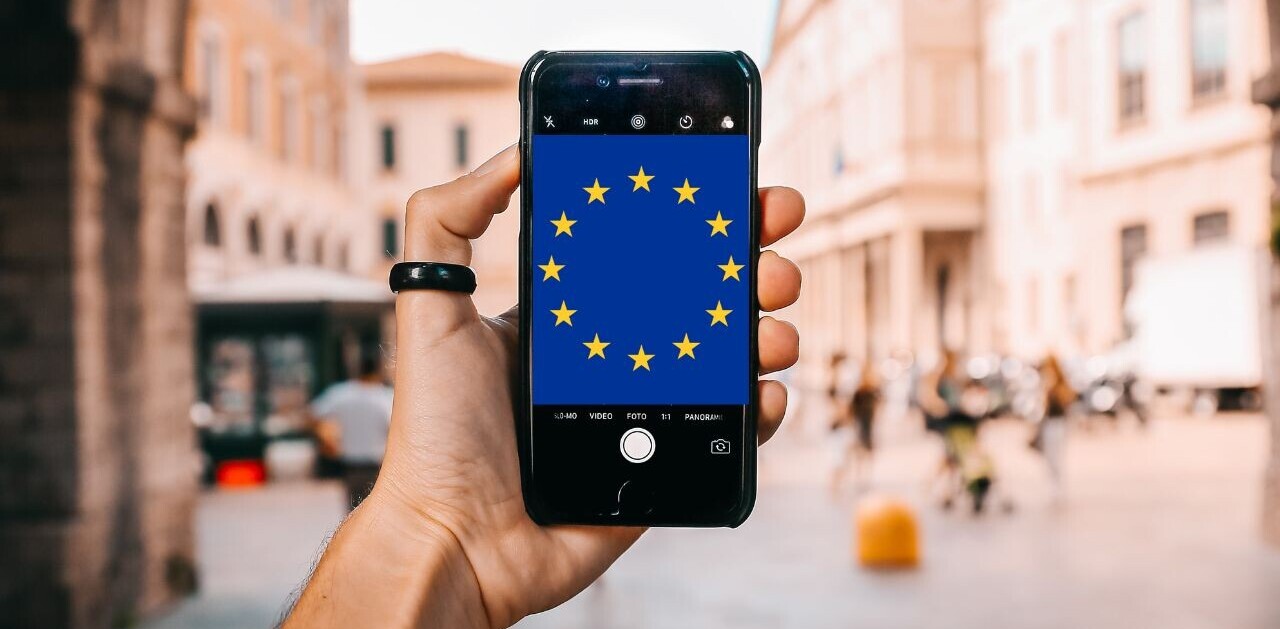
Supercell, the highly-regarded Finnish mobile games startup, revealed last month that it is weighing up the prospect of developing Android apps for the first time as it seeks to find success in Asia.
Ilkka Paananen, CEO of the ‘Clash of Clans’ developer, told the FT that the company is “very actively thinking” about the Google platform:
You can’t be global without being in Asia, and you can’t be big in Asia without being on Android. I guess that’s a long way of saying that we are very actively thinking about it.
Paananen’s disclosure that being on Android is a must is interesting since it comes at a time of great debate between the merits of iOS and Android for developers and users.
Supercell is one company that you might think could remain iOS-only, since it is already practically printing money from the Apple platform alone. Indeed, it was bringing in $2.4 million a day from its apps back in April, when it was valued at $770 million.
Market share across Asia
In the US, it’s largely accepted that iOS is still the primary platform, as TechCrunch notes. Market share between the two is fairly even in the US and, as reports from the like of Opera show, iOS is the better ‘quality’ user base — which, in developer terms, means higher average spend per user.
That concept is different in Asia, where the number of Android devices far outweigh iOS numbers in many countries.
Over 90 percent of smartphones sold in China are Android-based, while some form of the Google operating system is said to be installed on over half of the smartphones that exist in the country — though many of those Android installations are ‘forked’ local variants.
Android also dominates mobile Web usage in Korea — Samsung’s homeland — while Android devices make up 70 percent of shipments in Southeast Asia, according to reports.
Japan is perhaps a notable exception — since the iPhone is the top seller — although the country’s biggest operator Docomo is still to offer the device, despite recent speculation indicating an Apple partnership is on the cards.
In general, as Paananen says, Android is key to finding scale in Asia.
Android tipping the scales
Countless reports — including data from Opera — suggest that iOS remains the higher yielding platform, per user, but the sheer gap in user numbers between the two platforms is tipping the scale in favor of Android in many markets across Asia.
All of this underpins Paananen’s comments, but, actually, it goes further than that: many Asia-based startups are prioritizing Android over iOS.
While few have gone so far as to develop Android-only apps — in the same way that many developers go iOS-only — it is notable that they are pushing important updates to Android first, and generally putting the Google platform first.
That’s quite something when you consider that, in the US, some companies ignore Android altogether. For example, Nike has no plans to make an Android app for its popular Fuelband product, alienating tens of millions of potential and actual customers.
The Asian messaging apps that go Android first
Messaging apps are leading the way, and that’s significant because they are developing into mobile content platforms that are rivaling the likes of Facebook across the region.
Line, the Japanese/Korean messaging service with over 230 million registered users, is one such example of the different attitude to Android in Asia.

Line, which offers over 50 apps, consistently delivers new features and tweaks to the Android version of its flagship messaging app, ahead of its iOS counterpart. The Line app has under 50 million users in Japan, so that focus on Android helps it reach and spark interest from its growing overseas user base.
Naturally, there are other factors at play too.
A Line spokesperson tells TNW that app store approvals, which tend to be quicker are non-existent for Google Play, allow it to iterate quicker for Android, while monetization features like gifting and free coins are only available for Android. That’s because Apple revoked the gifting feature on Line’s iOS app in May due to a breach of its App Store terms and conditions.
WeChat, the messaging service developed by billion dollar Chinese internet firm Tencent, is a similar story.
The service has racked up more than 400 million registered users (of whom an impressive 235 million use the app per month), and it recently made its first move towards monetization when it rolled out a gaming platform and stickers. Yet, said games were piloted and first launched on Android, before making their way to the iOS version later.
It isn’t just the big guns, smaller startups do similar.
Cubie, a Taiwan-headquartered messaging app with over 8 million registered users, regularly pushes its updates to Android long before they find their way to iOS users.
James Hill, Cubie’s International Messenger, tells TNW that Android not only accounts for the majority of its users, but provides greater scope for testing — that includes piloting new features with small numbers of users:
For product development and A/B testing, Android allows us to experiment with features and design changes much more easily than any other platform. In terms of numbers Android is of course the larger platform, especially in rapidly growing markets in Asia, where most of our users reside.
While personally I prefer iPhone, from a company perspective Android allows for much more experimentation and space to try new things. If they work out we add them to our iOS app, if not, then no harm done
iOS remains first pick for some…for now
There are exceptions, but they tend to be services that are not focused on Asian consumers. (Though Asia’s messaging apps are now starting to go global, they initially targeted and grew among Asia-based users.)
Singapore based Burpple, a photo app for food lovers, initially launched on iOS in March 2012. It didn’t release an Android version (initially in beta) until February 2013 because Singapore is an iOS hotspot — it was found to have the most Apple devices per population anywhere in the world.
However, in order to grow its footprint in Southeast Asia, Android was essential, not to mention that the Google platform is fast-growing in Singapore too.
BillPin, another Singapore-based startup, began life as an iOS-only app.
“When we started a year ago, our target audience was mainly in the US, so our focus was iOS. We went iOS first, Web second and Android only came six months later,” co-founder Darius Cheung says, explaining that iOS accounts for 70 percent of its undisclosed users base.
“However, that said, when we ask our users, we get a sense that many of them are looking to switch to Android devices the next time they buy one,” he adds, highlighting a change that Reuters picked up on earlier this year.
Michael Smith, Chief Product Office at Indian video content startup Spuul and formerly with Yahoo Asia, recently penned an excellent blog post weighing up the growing reach of Android and the much publicized difficulties of catering to the operating system and the fragmentation of different versions.
Smith notes that Android users typically “pay less [and] complain more,” but he admits Android has grown to a point where it can’t be ignored — although Apple’s much-rumored iPhone 5C could disrupt that:
For Spuul we have no choice but to support both iOS and Android. We also see that Android is growing like mad and in some emerging markets is bigger than iOS and continues to grow faster than iOS. I don’t see this changing unless Apple comes out with a cheaper phone and I really hope they do since users with an option to purchase something from Apple probably will if the price makes it more affordable.
Either way we will keep working on both and we know that with Android it will take more time, more money and more bodies to equal what we do with iOS. It is just that simple.
Budget iPhone aside, Apple is also said to be close to finally agreeing a deal with Japan’s leading operator Docomo, which counts nearly half of the country’s phone-owning public as customers.
While Japanese developers are generally not focused solely on Android, that Docomo partnership could have significant ramifications for Android’s position in Japan, as Tokyo-based tech consult Serkan Toto tells TNW:
You still see a lot of games and high-quality apps coming out first and/or exclusively for iOS, [but] Android has one big advantage: it’s being pushed by all three big carriers in Japan, most importantly by Docomo — because Docomo doesn’t carry the iPhone.
So it is the key driver for Android’s penetration and branding in Japan, and it has over 50 million subscribers, a big plus for the platform in this country.

The winds of change blow strongest in Asia?
Speaking in December 2011, Google Chairman Eric Schmidt boldly claimed Android would become the preference of developers by the summer 2012. While that didn’t come true — and is still yet to — the balance of play is already shifting to Android in Asia.
It remains to be seen whether user numbers can tip the scale in the US and Europe in the same way they have done in Asia, while it is also unclear if significant numbers of developers in Asia will jettison iOS altogether in favor of a sole focus on Android.
That latter development hasn’t happened yet, but it is entirely feasible that small teams on limited resources could pool their efforts towards the larger market of Android, ahead of iOS. However, for larger developers, as mentioned throughout, iOS remains the optimum platform for generating revenue while Android has the potential to yield faster growth in downloads.
Yet, despite all of this, Apple could turn the market on its head with a cheaper iPhone. That device appears to have been confirmed by China Telecom, after the operator published a now-deleted Sina Weibo message urging customers to pre-reserve the ‘iPhone 5C’, having been speculated for years.
The device is tipped to be unveiled next week at a September 10 event — time will tell if and how it affects Android’s rise in Asia.
Images via Thinkstock, Supercell, Line, WeChat, Thinkstock, Toshifumi Kitamura/Getty Images and Apple
Get the TNW newsletter
Get the most important tech news in your inbox each week.










